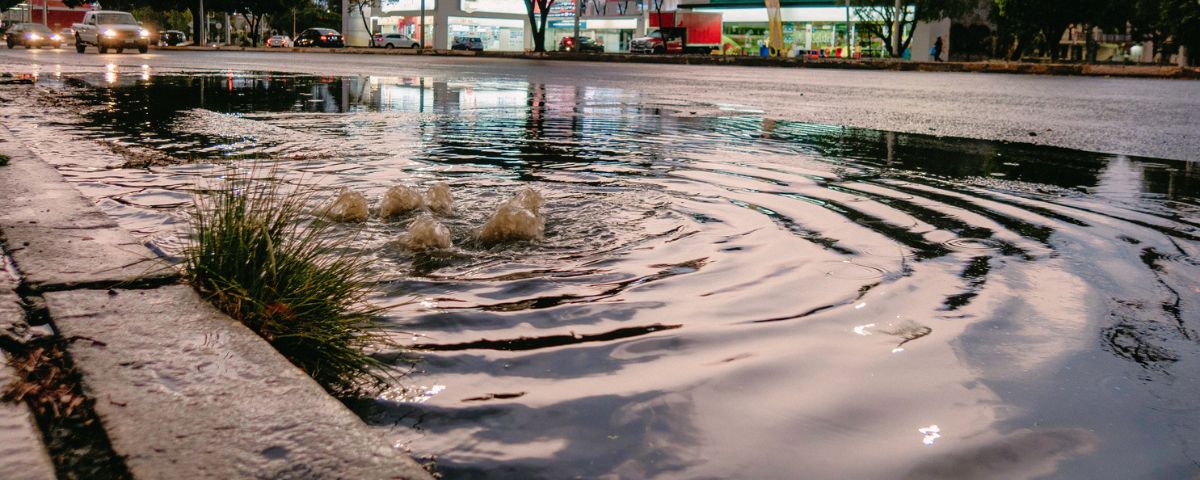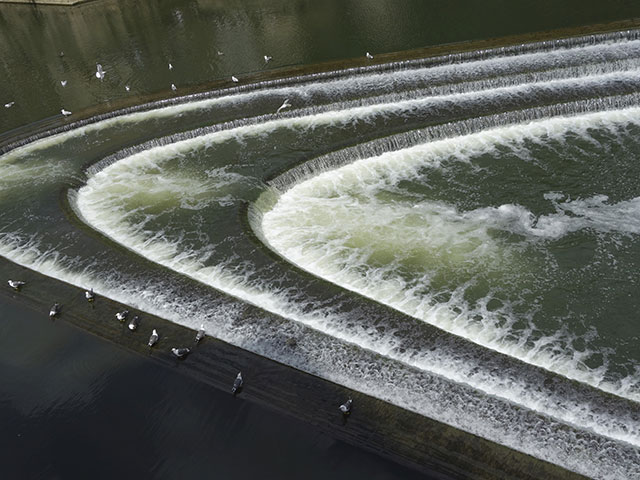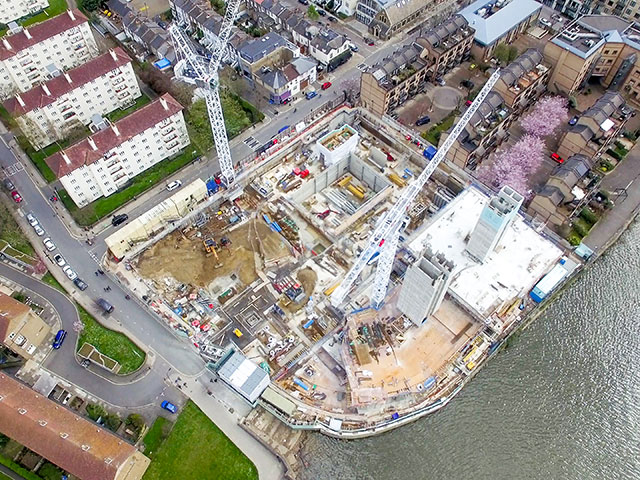
Drainage systems are a big part of enabling sustainable development and the UK’s net zero agenda, in addition to improving water quality and managing water runoff that can cause flooding. Only in recent years have drainage solutions been brought under the standardised family of Sustainable Drainage Systems (SuDS).
James Peters – Associate Director, Tetra Tech – is a civil engineer and expert with years of experience in working SuDS implementation into our clients’ projects.
What are SUDS?
SuDS are the answer to environmentally friendly drainage systems. They are a collection of management practices, control structures, strategies, and design solutions for draining surface water efficiently and sustainably without detrimentally affecting water quality. They also help control flood risk issues arising from developments.
The main principle of SuDS is treating and managing rainwater where it falls. You can design technical solutions for transporting surface water, attenuating (slowing down) the runoff before it enters watercourses, storing or re-using water at the source, or allowing water to fall on permeable surfaces and soak into the ground (called infiltration).
Many concepts around drainage, like filter drains for collecting runoff, have been around for decades, but under the SuDS manual, the civil engineering industry has standardised existing and new technical solutions under one umbrella.
Why are SuDS so important?
The benefit of SuDS is two-fold because of how they not only reduce primary water use but support the UK’s nationwide initiative to transition to net zero carbon by 2050.
Historically, drainage design used to be about collecting water and discharging it somewhere else as quickly as possible. Time has now shown that this creates flooding because that same surface water quickly flows through avenues like foul sewers – where the water quality deteriorates – and eventually, to rivers that can’t cope with the capacity, The increase in more extreme rainfall and flooding events over recent years has exacerbated this.
In water-stressed areas – typically the South – conservation of water is a critical challenge. SuDS measures like water recycling and rainwater harvesting significantly cut down on primary water use, but they also reduce the water going to waste or getting dirtied.
Because SuDS manage water at the source, you also avoid the cost of large-scale infrastructure to transport the water from A to B.
What are the biggest barriers to the uptake of SuDS?
The longest-standing issue is a strong reluctance from public organisations to adopt and maintain SuDS, largely because they are viewed as a maintenance liability offering little financial recompense. That is changing, however, since the National Planning Policy Framework in 2018 implemented a requirement for all planning applications to include SuDS.
One of the outcomes of this regulation is that it has forced developers to set aside more land for green open space, which in turn has increased the landscaping and trees taking carbon out of the atmosphere.
A common misconception about SuDS features is that they are hazardous to developments’ public space and aesthetic. We have on several projects shown our clients that, actually, you can very often integrate SuDS features like ponds into the public space, with surrounding things like benches and walkways helping to make SuDS a gateway feature instead of something to tuck away in the back. They do not have to detract from the appeal of the space.
What brought about the mandatory implementation of SuDS in planning applications?
Largely, the public’s changing perception of climate change, no doubt influenced by more abnormal weather events appearing, which has consequently moved SuDS up the public agenda.
Since more recent significant flooding events, various bits of legislation like a new sewerage sector guidance are sending the message to public organisations and developers that SuDS are here to stay in the long-term. We must adapt to accommodating them into schemes.
How does Tetra Tech enable SuDS solutions?
We perform feasibility assessments on-site to work out which SuDS are appropriate and then follow that up with detailed designs, supervising and managing construction. We’ve also written manuals for clients on how to maintain SuDS elements and how often.
We engage and advise on the full project lifecycle from inception to completion, having supported some prominent projects like the DIO’s munitions transfer point at Glen Douglas.

